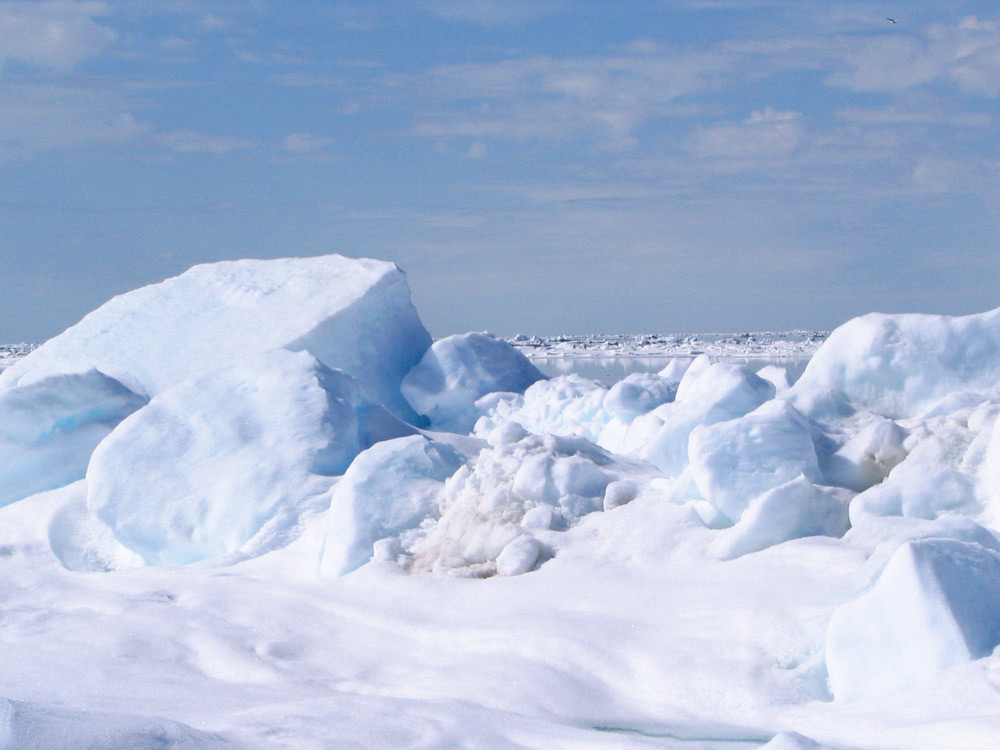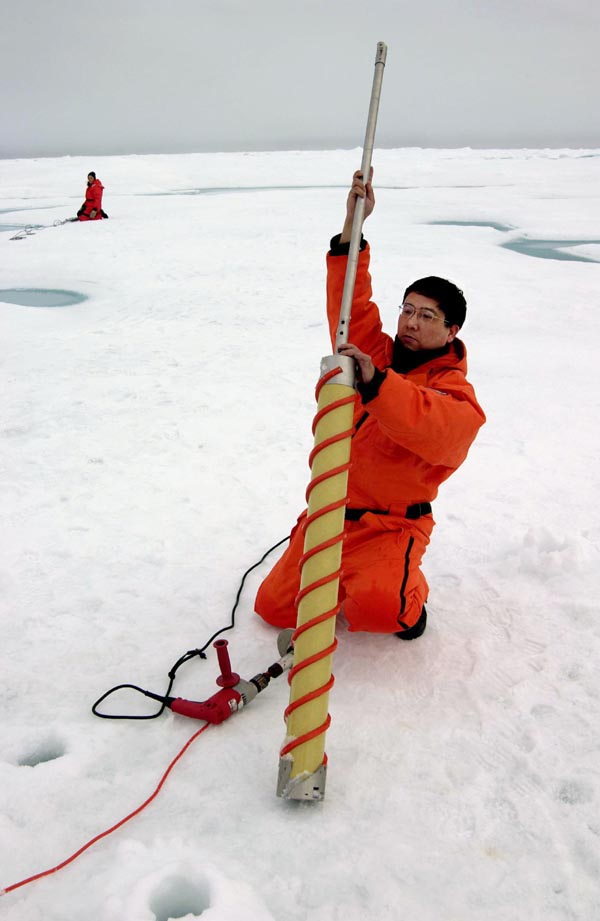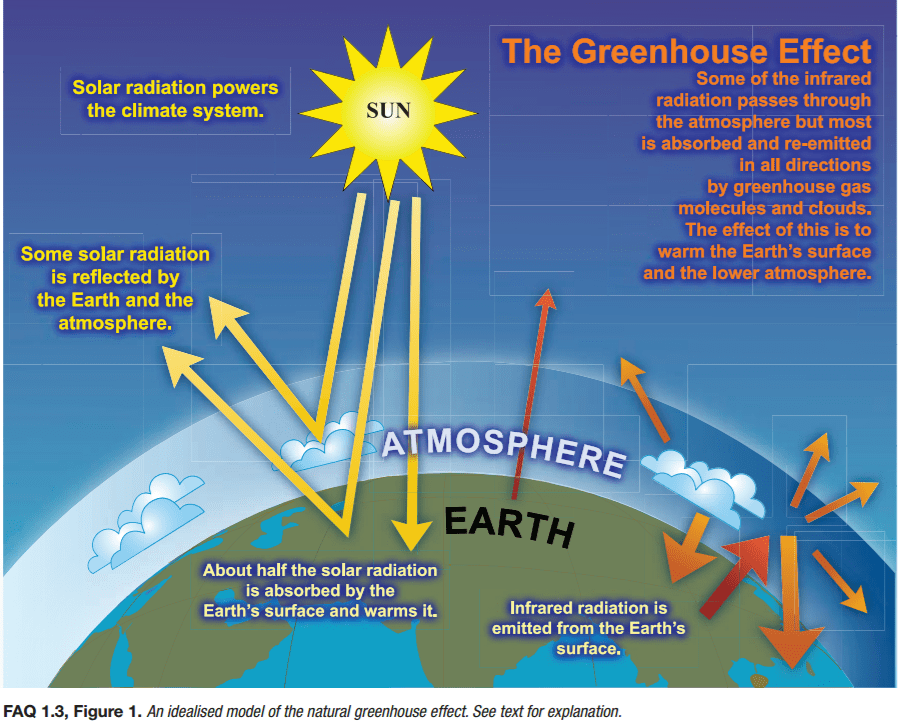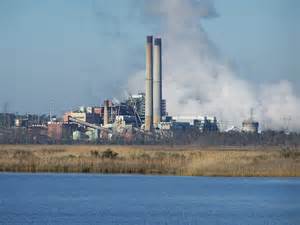As I mentioned in Part 1, I taught Environmental Science in the 1990s and the first decade of the 21st century. The information provided below was taught at that time. The purpose of this series on Another Look at Climate Change is to see if the predictions made at that time are occurring.
Over the 4.5 billion years of our planet’s existence the climate has been altered by volcanic eruptions, changes in solar input, continental drift, and impacts by large meteors. Over the past 900,000 years our atmosphere has experienced periods of cooling and warming known as glacial and interglacial periods. We have been fortunate to be in an interglacial period over the last 10,000 years that has allowed humans to exist and grow. For the past 1000 years temperatures have remained relatively stable but in the last 100 years there has been a noticeable increase. This began when humans began to clear the forests and burn fossil fuels.

Photo: NOAA
Evidence of these temperature changes has come from analysis of radioisotopes, fossils, plankton, ocean sediments, and tiny bubbles in ice cores. Additional evidence has come from pollen found at the bottom of lakes, tree rings, bat dung in caves, and temperature records collected since 1861.

Interestingly we need the greenhouse effect to maintain the temperatures within a range for us to survive. The Swedish scientist Svante Arrhenius first explained this greenhouse effect in 1896. Solar radiation penetrates our atmosphere and warms the surface of the earth. Hot air generated from this surface heating rises but is trapped by a layer gas that includes carbon dioxide, methane, and water vapor. These gases act as a greenhouse allowing light through but trapping the rising heated air. Hence, they are known as greenhouse gases. Without this natural greenhouse layer, the planet would be too cold for us to live here.

Image: NOAA
The industrial revolution began about 300 years ago. The burning of fossil fuels, and loss of photosynthetic trees due to deforestation, resulted in significant increases in these greenhouse gases. According to a 2007 study, if CO2 emissions continue to increase at a rate of 3.3% each year, we will reach CO2 concentrations near 560 parts per million by 2050 and could reach levels near 1,390 ppm by 2100. At the time this was stated, 2011, scientific studies and models suggested we should prevent CO2 from exceeding 450 ppm. Going beyond this we might exceed a tipping point that could trigger climate change impacts for centuries. NOTE: NOAA published in 2023 that the atmospheric CO2 concentration was 419 ppm.

Photo: Flickr
In 1988 the United Nations and the World Meteorological Organization established the Intergovernmental Panel on Climate Change (IPPC) to review past climate changes and predict future ones. This network included over 2500 climate experts from 130 countries. In their 2007 report they stated…
- It is very likely (90-99% probability) that the lower atmosphere is warming.
- Human activities are responsible for this.
Evidence used for these statements include:
- Between 1906-2005 the mean global surface temperature had risen 1.3°F. Most of the increase had taken place SINCE 1980.
- Annual greenhouse gases emissions from human activity have risen 70% between 1970 and 2005. Average CO2 emissions were higher than they have been in 650,000 years.
- Since 1960 Arctic temperatures have risen twice as fast as the rest of the planet.
- In some parts of the world glaciers and sea ice were melting, rainfall patterns were changing, and prolonged droughts were on the rise.
- During the 20th century sea levels rose between 4-8 inches.
Data in 2011 showed that the melting of ice in the Arctic had increased since the 2007 IPPC report. One scientist, Allan Robock, stated that the ice was melting at a faster rate than their computer models said it would.
What is the scientific consensus about future temperature change?
- It is very likely (90-99% probability) that human activities are the cause of the recent increase. Particularly the burning of fossil fuels.
- It is very likely (90-99% probability) the earth’s mean surface temperature will increase 3.6-8.1°F between 2005 and 2100. NOTE: Since 2005 the rate of warming has doubled. In one year (2023) the mean temperature of the planet increased 1.44°F – the largest annual increase in 144 years. This was partially due to being an El Nino year.
In 2011 there was the question as to whether the oceans could help absorb CO2 from the atmosphere. At that time the ocean was absorbing between 25-30% of the CO2 emitted by humans. However, the solubility of CO2 in the oceans decreases with increasing water temperatures. As the oceans warm some of the dissolved CO2 would be re-released into the atmosphere and could amplify global warming and climate change. At that time, the oceans had warmed between 0.6-1.2°F during the 20th century. According to a 2007 study the oceans were absorbing less CO2 than they had in the past. NOTE: A 2017 study indicated that mean sea surface temperatures of the oceans have increased 0.22°F since 2000. This is twice as fast as the early models predicted.
The consensus is that the warming predicted by the computer models used at the time is occurring and – in some cases – faster than they thought.
In Part 3 we will look at what they thought some of the possible effects of this warming trend could be and whether any of those predictions have actually happened.
References
Miller, G.T., Spoolman, S.E. 2011. Living in the Environment; Concepts, Connections, and Solutions. 16th Edition. Brooks and Cole. Belmont CA. 674 pp.
Lindsey R. 2024. Climate Change: Atmospheric Carbon Dioxide. NOAA Climate. https://www.climate.gov/news-features/understanding-climate/climate-change-atmospheric-carbon-dioxide.
 0
0
